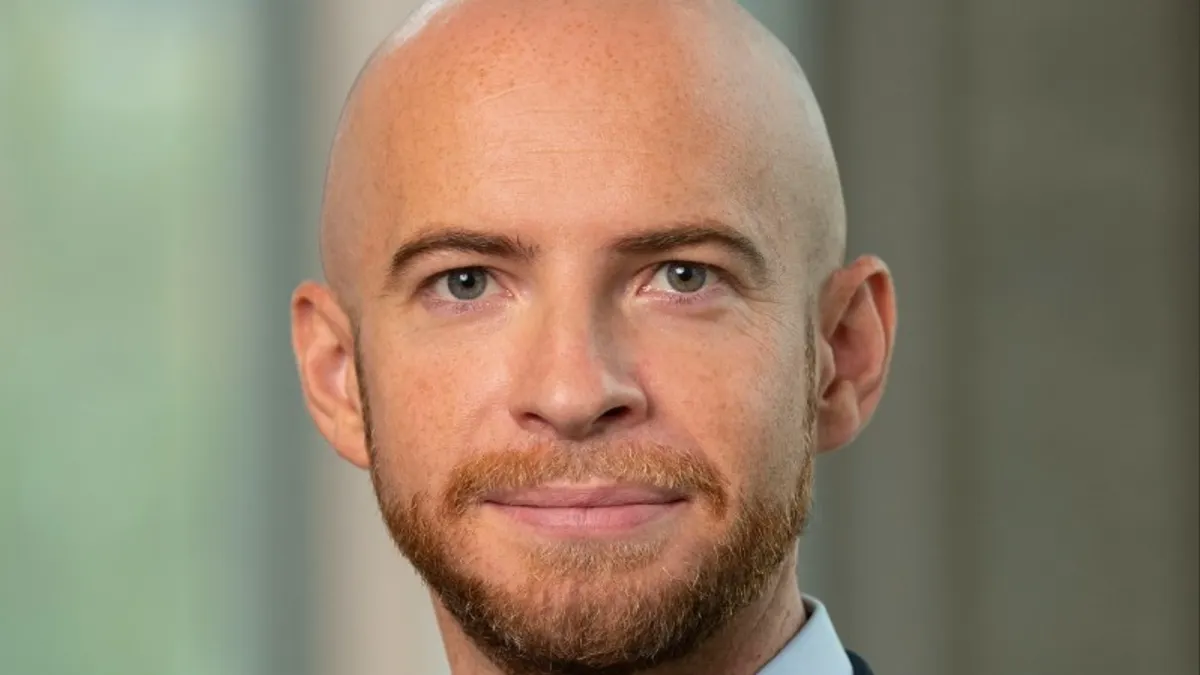Excitement around the sickle cell treatment market has been palpable. Around the beginning of the year, two new breakthrough gene editing medications — including the first FDA-approved CRISPR-based drug — won approval for sickle cell indications, providing patients with potentially curative care.
But multiple barriers to access have kept those therapies from reaching a wide swath of patients and the treatment landscape is getting slimmer.
Last month, Pfizer announced plans to yank its sickle cell drug Oxbryta from the market over safety concerns, leaving patients with one less treatment and unanswered questions about how to safely stop the medication.
Moreover, patient uptake for the two new gene therapies — Vertex Pharmaceuticals and CRISPR Therapeutics’ Casgevy and bluebird bio’s Lyfgenia — has been slow.
In addition to their multimillion-dollar price tags, patients cleared for Casgevy face a daunting, months-long ex-vivo process that includes extracting stem cells from bone marrow, sending them to the manufacturers for modification and chemotherapy to make room for the edited cells.
“They’ve been considered a functional cure in the field. However, they're challenged by cost, complexity and toxicity of delivery,” said Dr. Cameron Trenor, head of translational medicine for Cellarity, which is developing a sickle cell drug of its own. “It seems hard to get around that safety barrier and the scalability challenges given the cost and complexity of manufacturing.”
“The disease is not going away, and we need something that all or almost all patients can take.”

Dr. Cameron Trenor
Head, translational medicine, Cellarity
As of the end of September, just 10 patients had started on Lyfgenia this year, and bluebird recently announced plans to lay off about a quarter of its workforce to cut costs.
On top of that, a study published this month revealed seven children developed blood cancer after receiving Skysona, bluebird’s gene therapy for a rare brain disease, recalling when bluebird temporarily suspended trials for Lyfgenia (then called LentiGlobin) after two patients developed cancer in 2021.
The sickle cell pipeline has taken other hits too. Graphite Bio abandoned its lead asset, a sickle cell gene editing therapy, after a severe adverse event occurred in the first dosed patient. Now a newly formed company, Kamau Therapeutics, is trying to revive that asset, while Graphite Bio is no more.
And despite the approval of one-and-done gene therapies, patients still face unmet needs, analysts say.
“[Sickle cell] remains an attractive growth market with potential sales of $5 billion in 2030, despite Oxbryta’s withdrawal” because of the “clear unmet medical need,” according to a consensus forecast provided to PharmaVoice from Evaluate, a Norstella company.
“This is a profoundly devastating disease. It's essentially a disease of hypoxia: not being able to get oxygen to your tissues well,” Trenor said. “That manifests in silent and painful ways.”
However pain is just one of the effects.
“Anywhere your blood goes is where sickle cell disease affects you,” Trenor said. “It causes stroke, it causes heart disease, it causes lung disease, it kills your spleen, it causes liver disease, it causes kidney disease.”
Evaluate points to “several different gene editing biotechs seeking to launch [sickle cell] therapies over the coming years, in addition to some of the largest pharma companies.”
According to a report from last year, over 40 companies are developing more than 50 sickle cell treatments, including Novo Nordisk, which has therapies in phase 2 and 3. Agios Pharmaceuticals just completed enrollment for a phase 3 study of its oral, small molecule PK activator, while GSK is in early development with its DNMT1 inhibitor.
Additionally, sickle cell disease is “a proof-of-concept indication for new drug technologies,” the Evaluate forecast said, pointing to the first CRISPR drugs as an example.
“The 2023 approvals for CRISPR/Vertex and bluebird bode well for the chances of some of these next-generation cell therapies, and this competition will help to improve patient access,” the forecast said.
The Oxbryta withdrawal leaves the market with just a few non-gene therapy drugs including hydroxyurea, which can reduce sickling of red blood cells, and others aimed at stemming pain. Hydroxyurea works by increasing fetal hemoglobin, which reduces disease complications, but it also carries safety risks.
“It causes immunosuppression, so you can't push the dose higher, and that limits how much fetal hemoglobin, and therefore how much benefit you get,” Trenor said.
Cellarity’s lead asset is an oral drug developed to induce fetal hemoglobin “to a level that is really meaningful for patients,” Trenor said.
“It is known from patients with mutations that have genetically high fetal hemoglobin, that if you can get over about 20% fetal hemoglobin you don't have many complications of sickle cell disease any longer,” he said. “We're hoping we'll be able to get patients up to or above that level with a small molecule, and that would be a paradigm shift in the field.”
Cellarity is in the IND-enabling phase and plans to start clinical trials next year. The company hopes the oral treatment will help bridge the access divide.
“The disease is not going away, and we need something that all or almost all patients can take,” Trenor said.
















